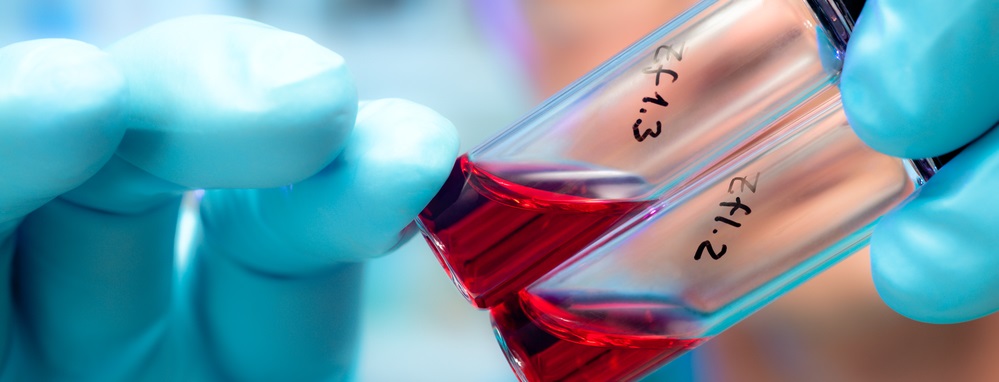
HIV-infection is a socially dangerous infectious disease that results from the contagion of human immunodeficiency virus (HIV), long-term persistence of HIV in lymphocytes, macrophages, and cells of nervous tissue. This disease is characterized by progressing dysfunction of the immune, nervous, lymphatic and other systems of the organism. According to the current ideas, HIV-infection belongs to incurable diseases, is chronic and, in the case of lack of effective therapy, ends in patient’s death.
At present, HIV-infection is spread on all continents and its spread is called HIV/AIDS pandemics, while in Ukraine HIV/AIDS epidemics is developing. Over 179 thousand HIV-infected persons are registered in the country; but according to the estimates of experts, only one-third of those infected knows about it; the total number of people living with HIV in Ukraine reaches 377,600.
HIV is transmitted:
- Through blood: in case of transfer of blood or other biological fluids containing blood (sperm, vaginal discharge, breast milk) from an HIV-infected person to a healthy one. Most commonly, this happens in cases of drug injection using impure syringes and needles that have already been used by other people.
- Sexually: during unprotected sexual intercourse, regardless of whether it is vaginal, oral, or anal sex.
- By transmission of virus from an HIV-infected mother to her child during pregnancy, labor, and breastfeeding. The risk of infection rises during breastfeeding, in case of severe course of the disease in the mother, and difficult delivery.
HIV is not transmitted:
- By using household things, dishes, work in the same premises
- In bathhouse or sauna
- Through kissing
- Through hugging and shaking hands
- By coughing and sneezing
- Through rails, doorknobs, tables, chairs
- Through mosquito or other insect bites.
After contagion, the virus starts to proliferate rapidly, damages different cells, organs, and systems of the organism. In 6-8 weeks, one-third of the infected develops an acute HIV-infection that takes the form of a fever with tenderness, increased temperature, pain in the joints, as it happens often in cases of an ARD; in others, this process remains unnoticed. In 1.5-3 months after infection, HIV antibodies appear in the blood of the infected person; HIV-infection diagnostics is based on detection of these antibodies. The period from the moment of infection to the formation of HIV antibodies is called “seroconversion or diagnostic window”.
After the acute stage of HIV-infection, the asymptomatic period lasts for 8-10-12 years: usually, people feel well, lead a regular life, however, their lymphonodes are often enlarged and they often catch a cold. Such people are HIV carriers and pose a big threat for their sexual partners and “needle partners”; they cannot be blood or organ donors. The virus that remains in the organism all this time constantly damages cells of the immune system, the so-called CD4 Lymphocytes, which protect the organism against microorganism (bacteria, viruses, fungi, etc.) invasion. In a healthy organism, their number amounts to 1,000 in a ml of blood. Each year, the number of CD4 in the blood of HIV-infected persons decreases on average by 50 cells, and when their number drops to 300-200 and less, the system of immune protection gets impaired, and the diseases caused by different infectious agents, called ‘opportunistic infection’ in the HIV/AIDS practice, develop. A person feels bad, loses weight, and feels tenderness and fatigability. This stage of the disease is called AIDS. Its manifestations may include herpetic infection (primarily herpes zoster), fungal dermatitis and mycotic stomatitis, tuberculosis is activated or develops for the first time.
Annually, 2 to 3 thousand AIDS cases are diagnosed in Ukraine. A network of specialized prevention and treatment facilities – centers for preventing and fighting AIDS – have been created to provide medical care to patients with AIDS. They provide clinic supervision of HIV-infected patients and AIDS patients, diagnose the stage of the disease, and determine the treatment technique. Starting from 1996, the so-called antiretroviral combination therapy (ACT) has been implemented in the world; it influences directly on HIV, suppresses the proliferation of viral particles, and facilitates strengthening of the immunity, and growth of SD4 numbers, which returns health to the patient. The legislation envisages free of charge treatment of HIV-infected patients at the cost of the State and local budgets, and the funds of donor organizations.
The main means of prevention of HIV-infection spread in the country is a healthy lifestyle, refusal from HIV-risky behavior, mainly the use of drugs, constant use of means of personal protection – condoms – during sexual contacts. Conscious attitude to your health will protect you against AIDS.
Due to the great variability of HIV, the creation of HIV vaccine remains a question to be solved in the future, even despite the fact that AIDS agent was discovered back in 1983 by French researchers at the Dr. Luc Montagnier’s laboratory and American researcher Robert Gallo.